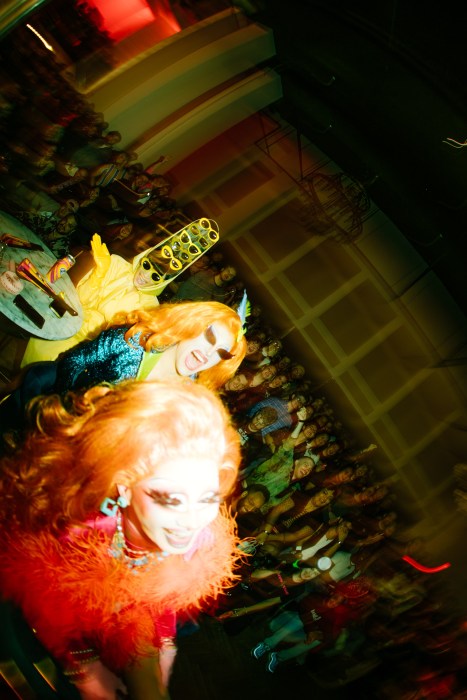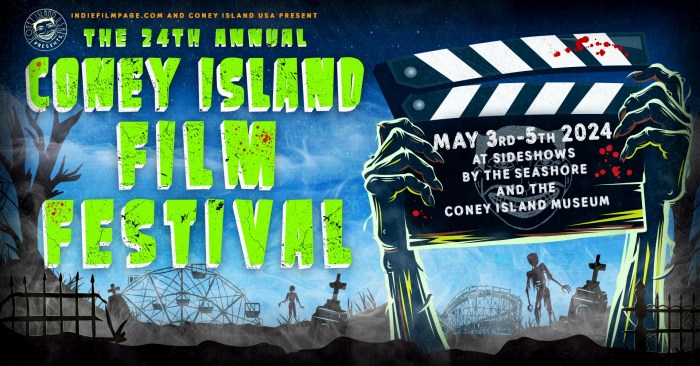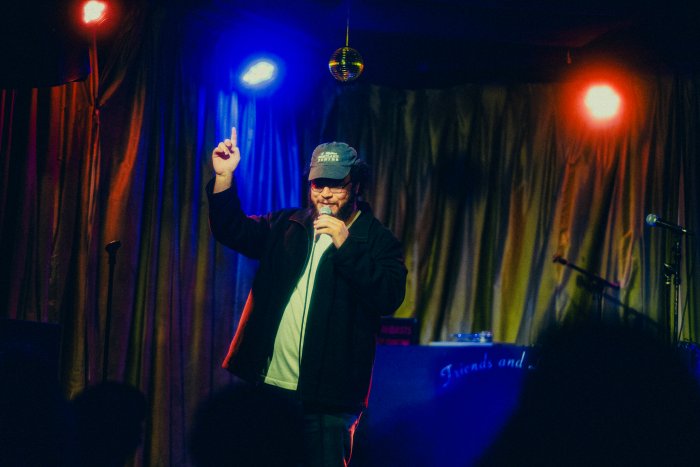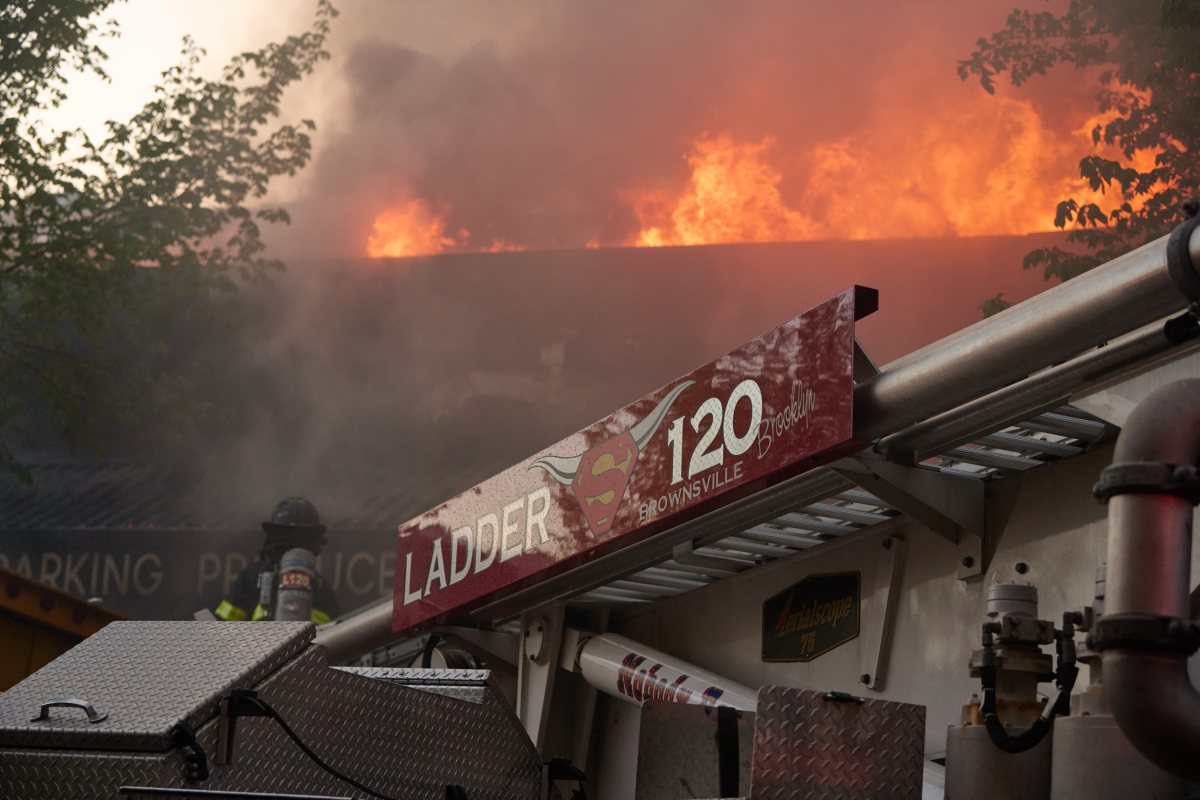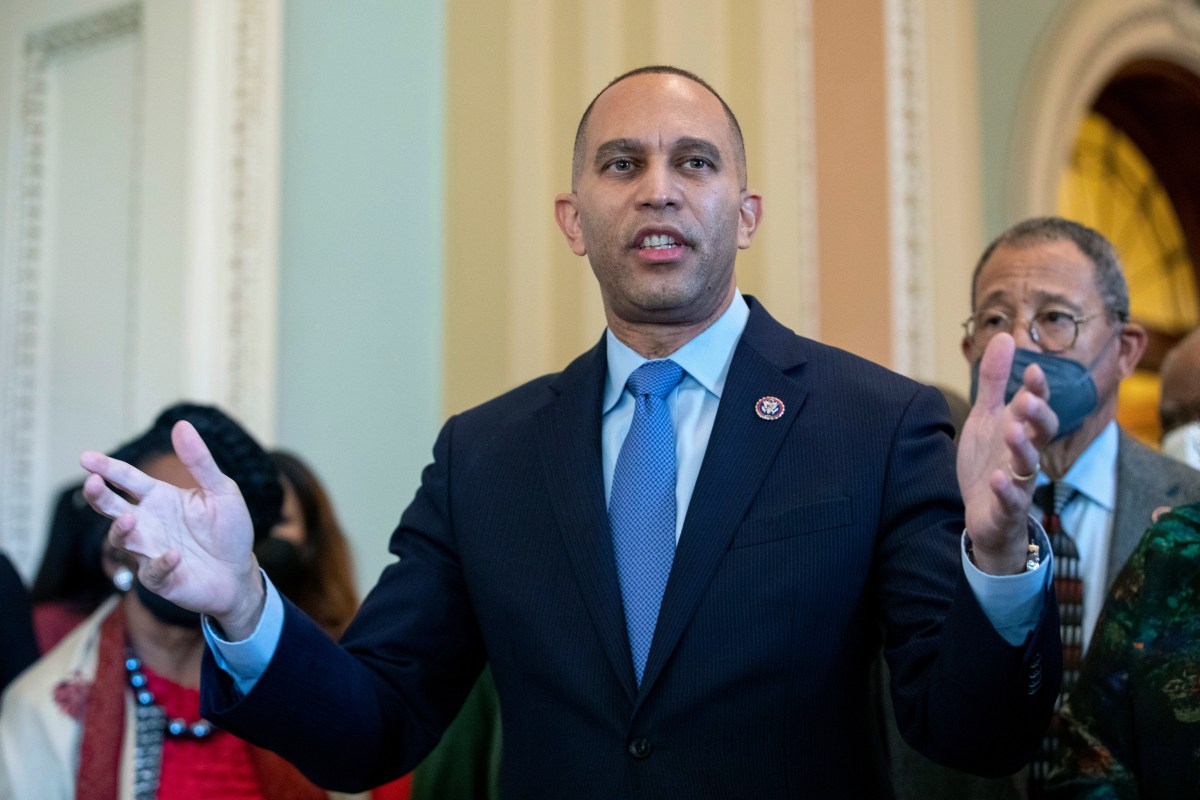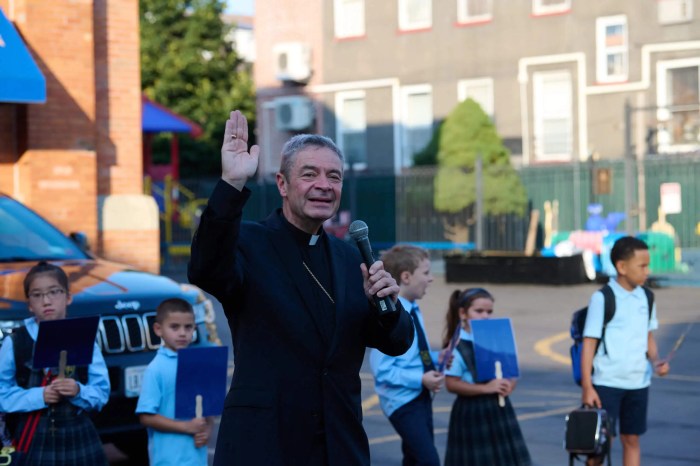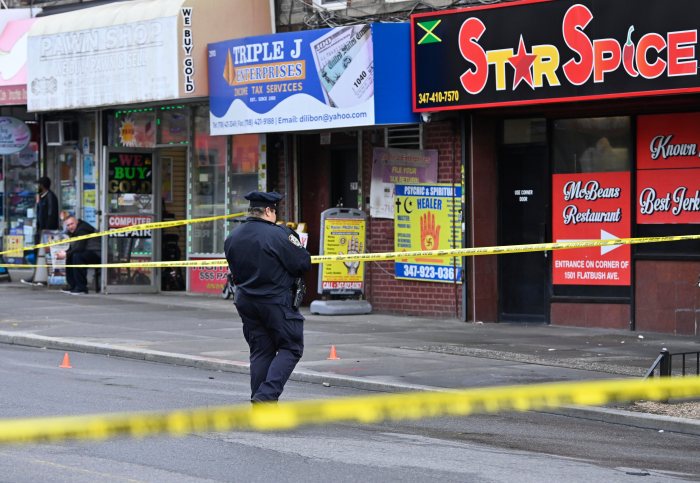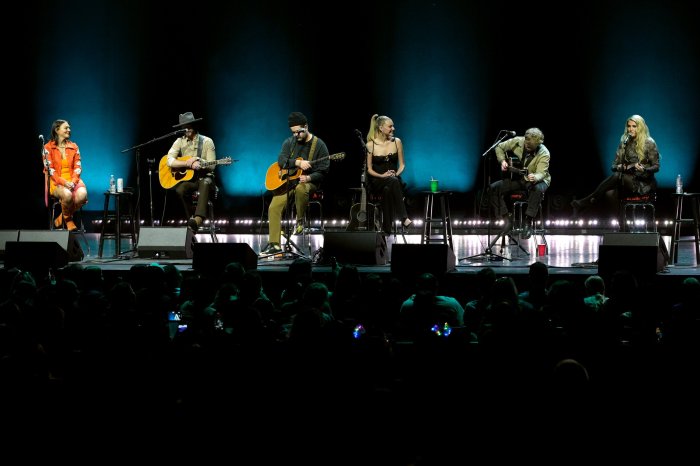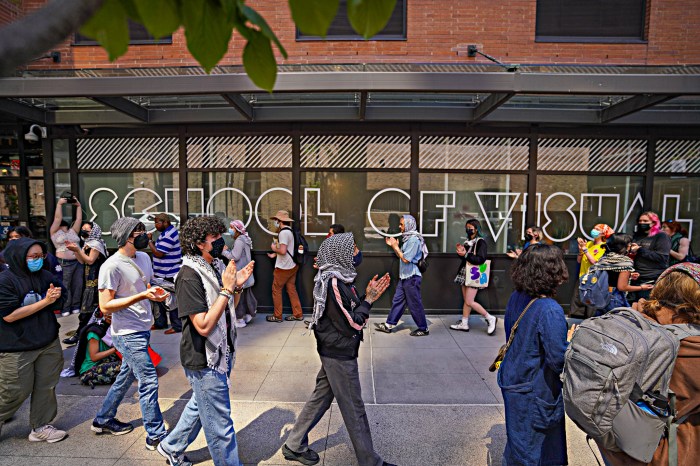Come to the Hoyt Street Association’s free “Stories in the Garden” series, every Tuesday at 7 p.m., now to July 29 at the Hoyt Street Garden, corner of Hoyt Street and Atlantic Avenue.
Volunteers read their favorite stories to children and parents, and free lemonade and cookies are served for both members of the audience and passersby.
“This has become a popular event, especially for toddlers,” said Margaret Cusack, president of the Hoyt Street Association, adding, “The garden benches fill up quickly, so bring a blanket or something to sit on.”
For more, call 718-237-0145.



